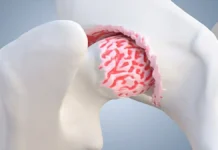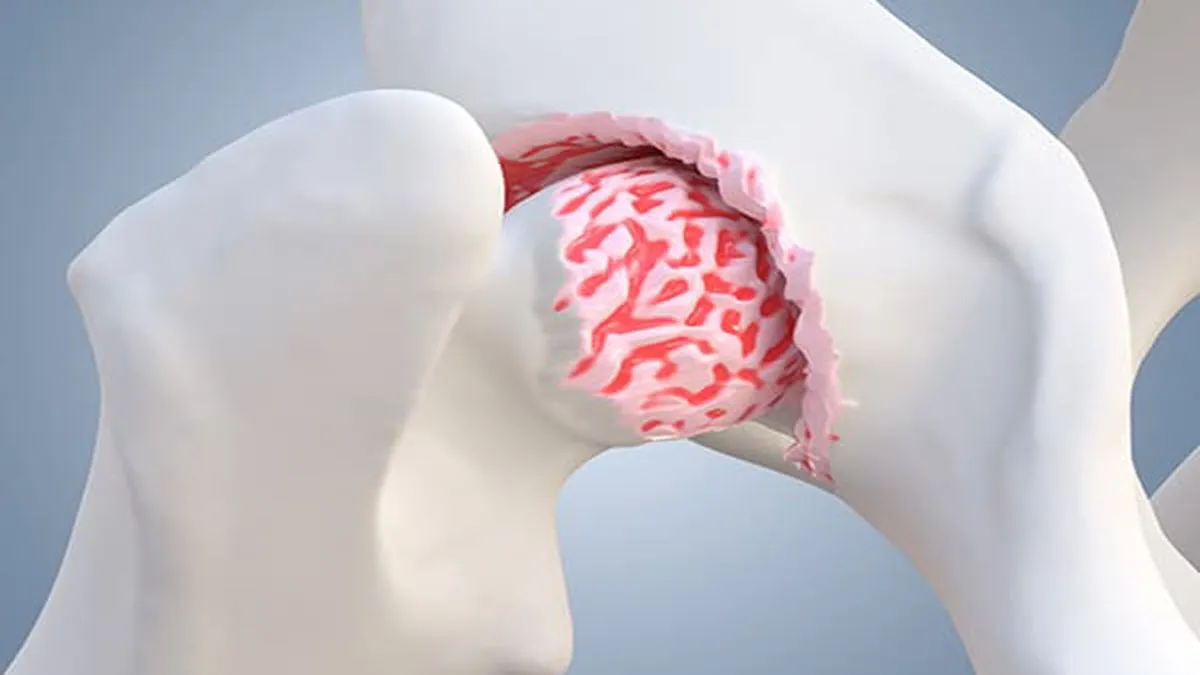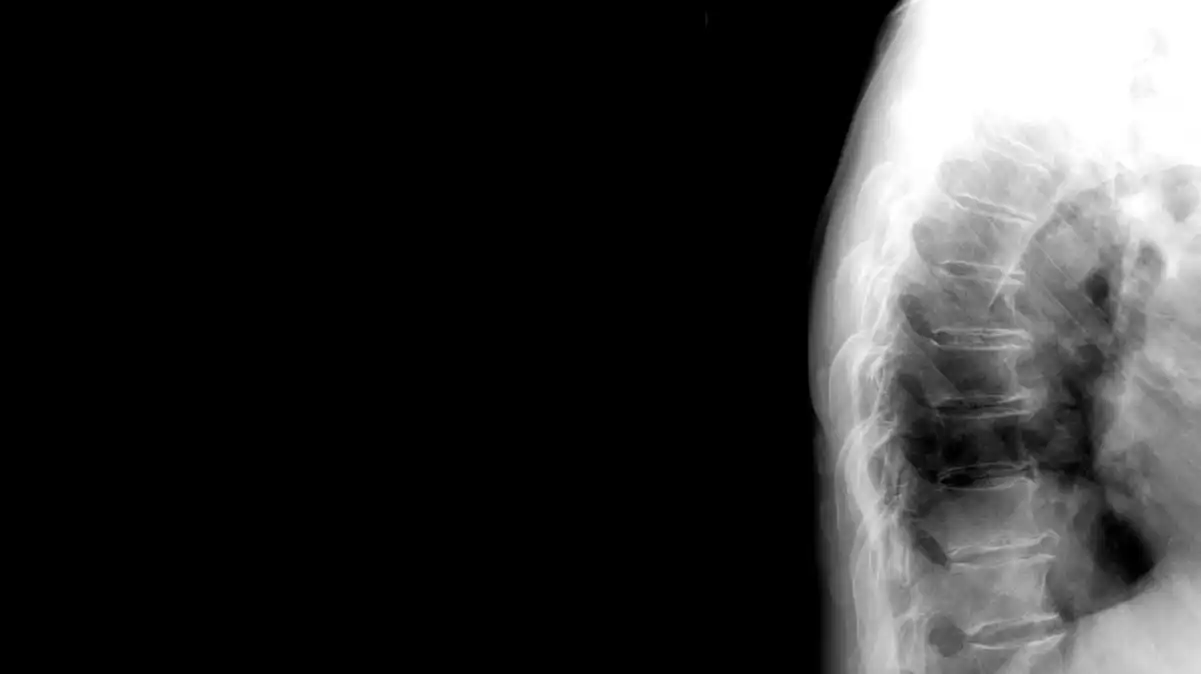- From the age of 65 onwards, more than half of us will have radiological signs of osteoarthritis, a disease in which the cartilage covering the ends of the bones in the joints breaks down and bone proliferation occurs.
- To date, the pathogenesis of the disease and the link between muscle function and osteoarthritis are not fully understood.
- As there is no known cure for osteoarthritis, current research focuses on prevention and symptomatic treatment of the disorder.
- Recent research has indicated that muscle weakness precedes the onset of OA symptoms.
- In addition, several studies show a beneficial effect of aerobic and strengthening exercises on pain relief and joint function.
- Therefore, current research is focusing on the possibility of using exercise and sport in the prevention and treatment of OA.
- For many, the result is stiffness and pain in the joint.
- Although osteoarthritis (or arthritis) is more common as we age, it is not an inevitable part of aging.
Here are four things you can do now to prevent osteoarthritis or its progression.
Weight control
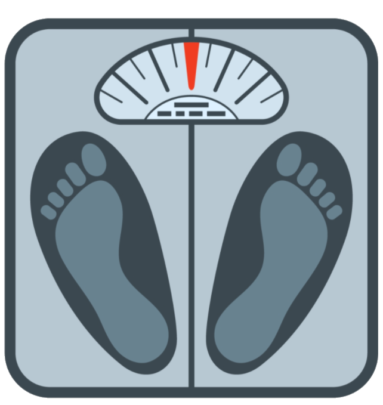
- Having a healthy weight is the most important thing you can do to prevent osteoarthritis.
- Data from the first National Health and Nutrition Survey showed that obese women were almost four times more likely to have osteoarthritis.
- The risk for obese men was almost five times higher than for non-obese men.
Exercise

- Taking the knee as an example: research has shown that the best prevention of knee osteoarthritis is to keep a good tone of the quadriceps muscles.
- Quadriceps strengthening exercise:
- Stand with your back to the wall,
- Feet shoulder-width apart.
- Lean against the wall,
- Place your feet in front of you as far as you can comfortably reach.
- Bend your knees, put your hands on your waist
- Slide with your spine, maintaining contact with the wall until you reach a sitting position (your knees should not bend more than 90 degrees).
- Then slowly slide back to your original position.
- Repeat eight to ten times.
- If fear of joint pain after exercise prevents you from exercising, try using heat and cold on painful joints
- The safest exercises are those that place the least amount of body weight on the joints, such as cycling, swimming and other water exercises.
- Light weight lifting is another option.
Avoid or treat injuries
- Having a joint injury when you are young makes you more likely to develop osteoarthritis in the same joint when you are older.
- Injuring a joint as an adult can put the joint at even greater risk.
- A long-term study of 1,321 Johns Hopkins Medical School graduates found that people who injured their knees in adolescence or young adulthood were three times more likely to develop osteoarthritis of that knee than those who did not.
- People who injured their knee as adults had a five-fold higher risk of joint osteoarthritis.
- To avoid joint injuries during exercise or sport, the National Institute of Arthritis, Musculoskeletal and Skin Diseases recommends the following:
- Before sport, do a warm-up session.
- Stretch the muscles that will be used
- Keep your feet as flat as possible during stretching to avoid twisting your knees.
- Take a break after a sport.
- Wear shoes that offer shock absorption and stability
Eat well
- Although no specific diet has been shown to prevent osteoarthritis, certain nutrients have been associated with a reduced risk:
- Omega-3 fatty acids
- fish oil and certain plant/nut oils, including walnut, canola, soybean, flax/flaxseed and olive.
- vitamin D.
- Salmon, mackerel, tuna, sardines, and herring; milk and cereals fortified with vitamin D; and eggs.
- Avoid sugar
- Omega-3 fatty acids
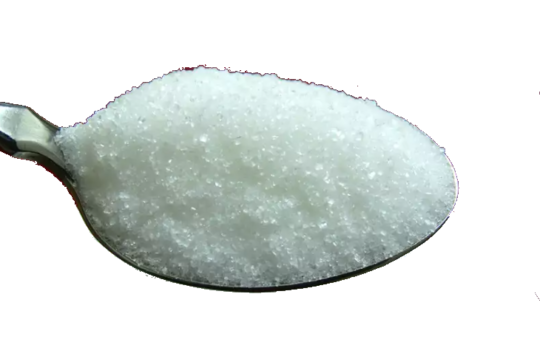
- High blood sugar (glucose) levels accelerate the formation of certain molecules that make cartilage stiffer and more sensitive to mechanical stress.
- Diabetes can also trigger systemic inflammation that leads to cartilage loss.
- The recently discovered link between diabetes and joint damage may help explain why more than half of Americans diagnosed with diabetes also have arthritis.






